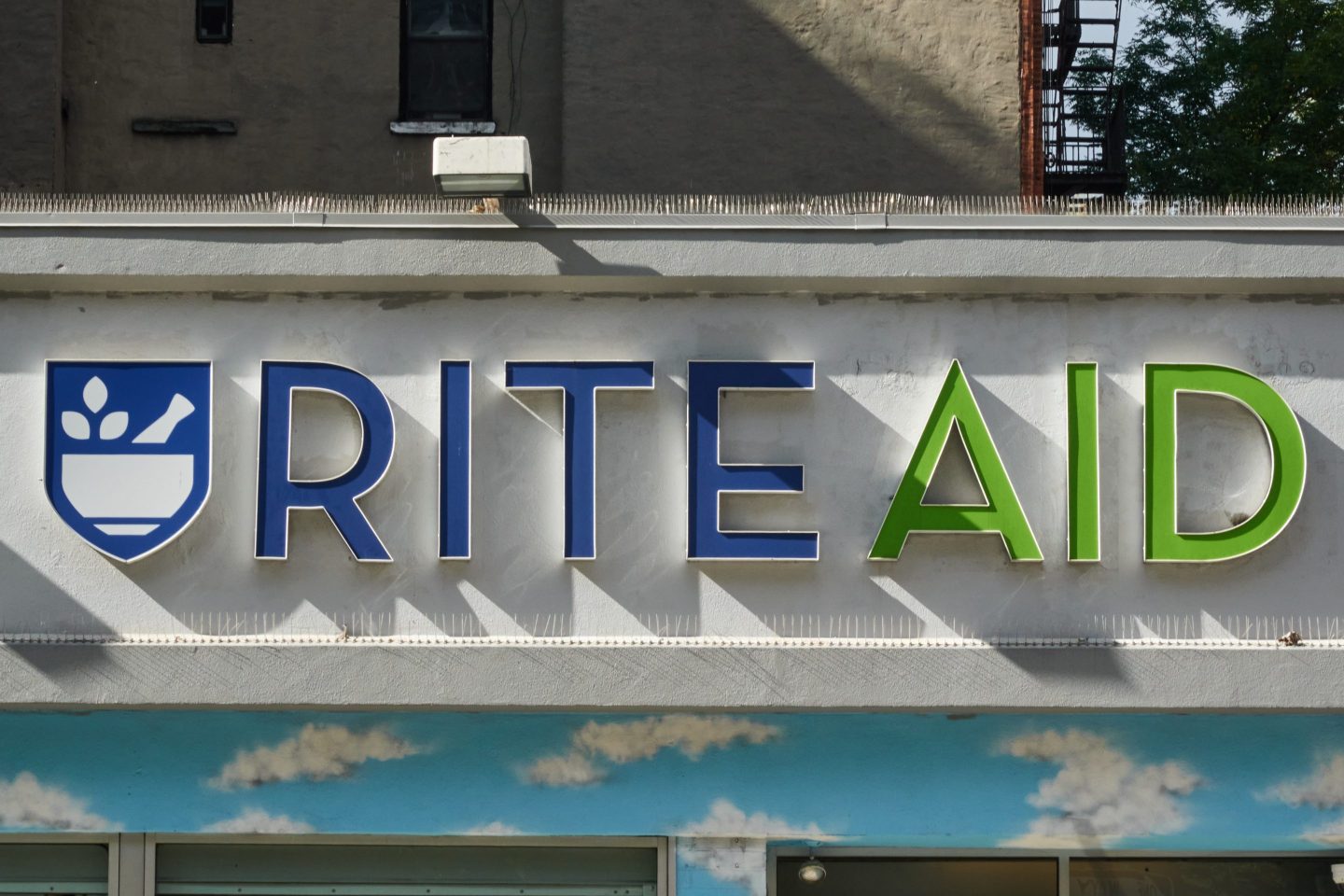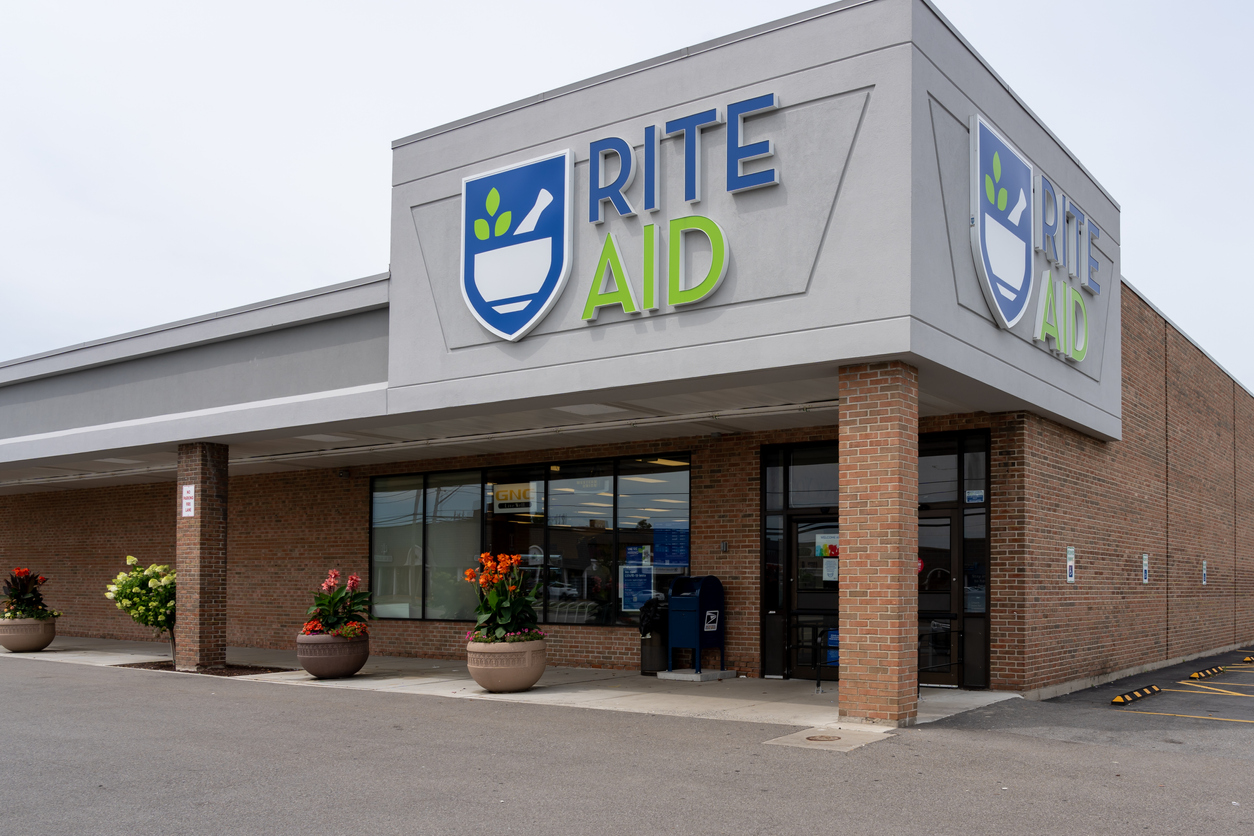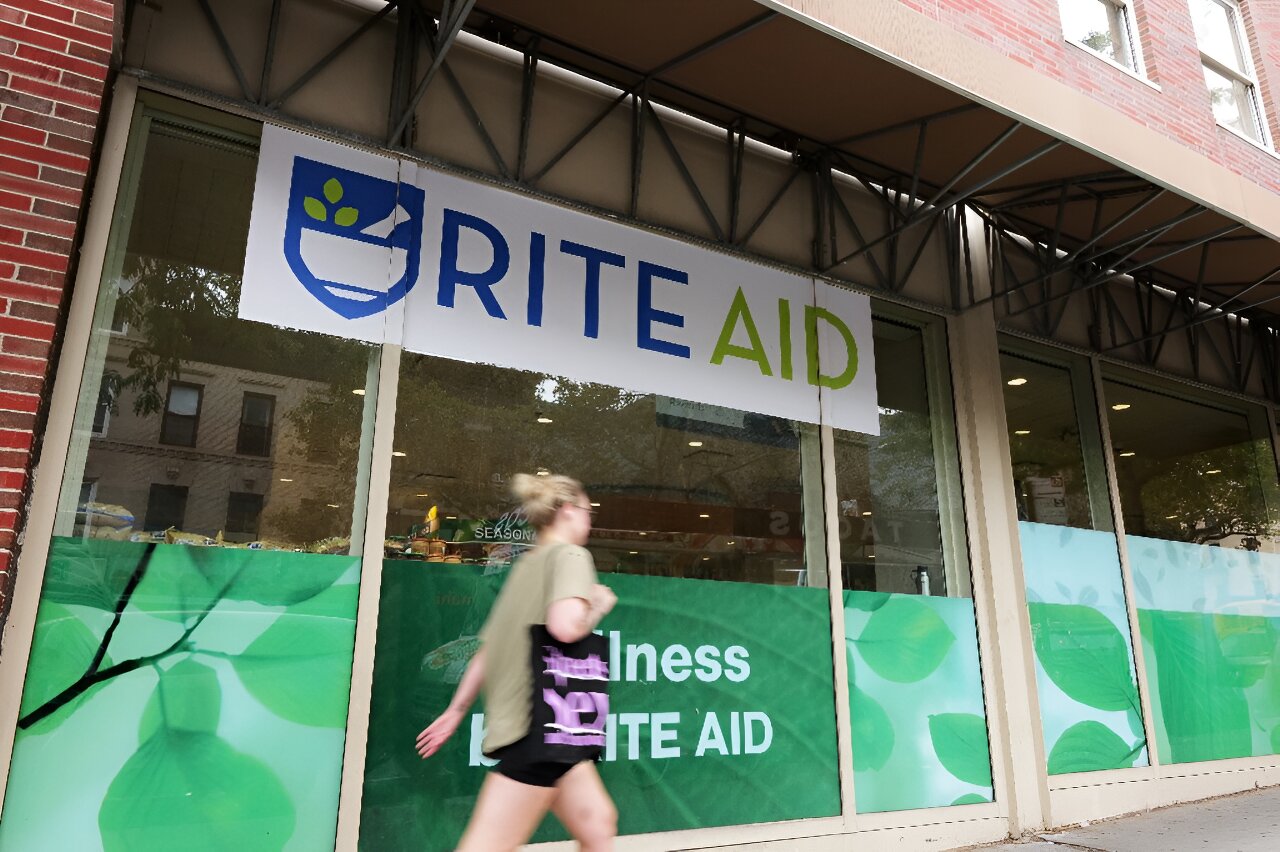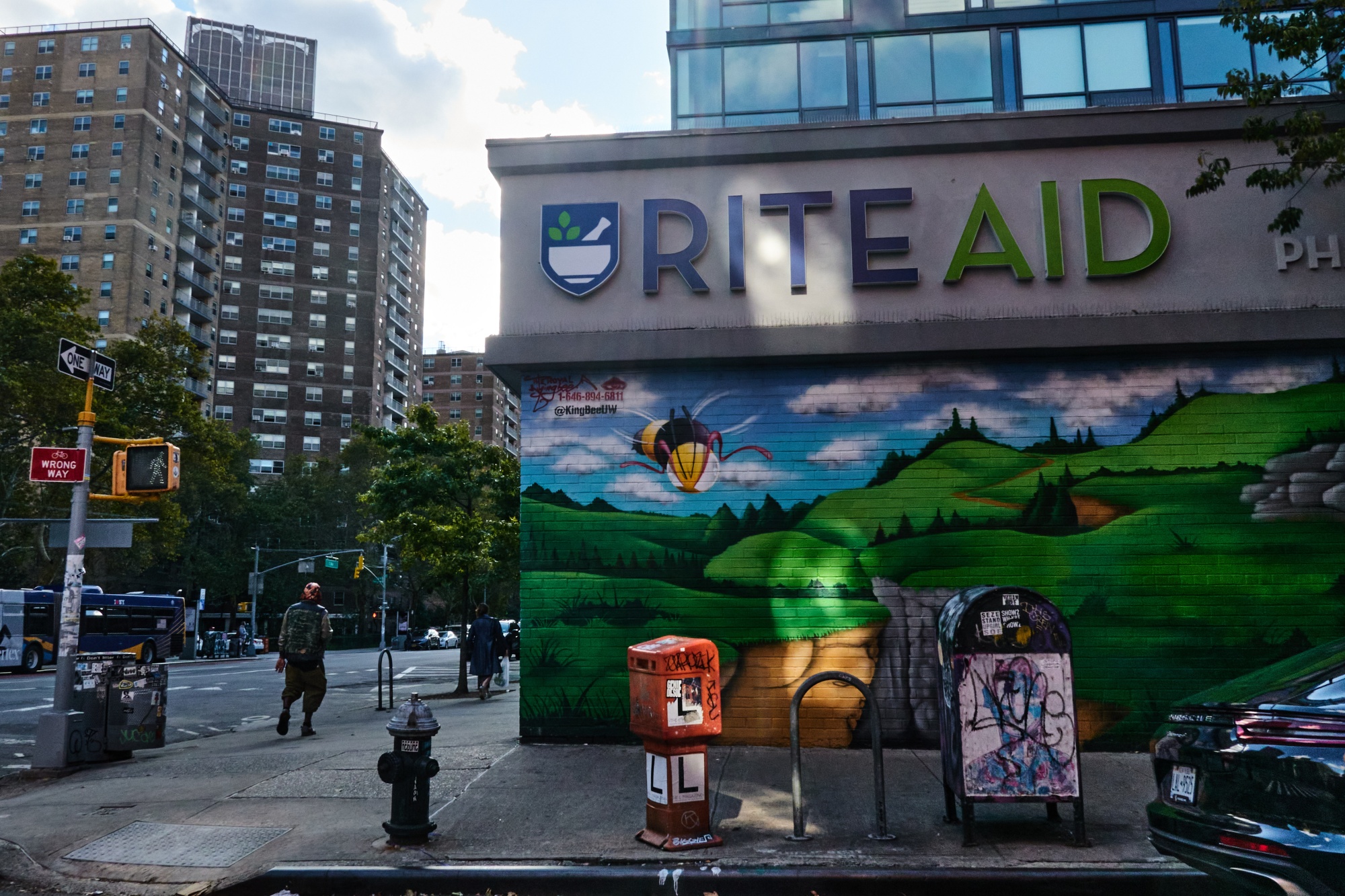Since the onset of the COVID-19 pandemic, the corporate world has witnessed a dramatic rise in bankruptcy filings, a trend that has deeply impacted even well-established companies like Rite Aid. In the fiscal year 2020 alone, an astounding 7,300 companies filed for bankruptcy, as highlighted in a 2021 U.S. Government Accountability Office report.
Among these, about 70 companies sought court approval to issue employee bonuses during their bankruptcy proceedings, with courts approving most requests. These bonuses totaled a staggering $571 million, awarded to over 16,600 workers, both executives and non-executives, underscoring the desperate measures companies have resorted to to retain key personnel during turbulent times.

Rite Aid’s Chapter 11 Challenge
Among the notable names that succumbed to fiscal pressures was Rite Aid, a major drugstore chain with a long-standing presence in the retail sector. The company’s journey through Chapter 11 bankruptcy has been anything but smooth. Filed on October 15, 2023, Rite Aid’s case has been particularly contentious due to issues surrounding executive compensation.
Jeff Stein was appointed as the Chief Executive Officer and Chief Restructuring Officer just before the bankruptcy filing, a strategic move as he took the helm to navigate through approximately $4 billion in long-term debt and annual interest payments nearing $200 million.
Since filing, Stein has spearheaded significant operational changes, including the closure of 351 stores nationwide. The most recent updates indicate further downsizing, with additional store closures in Ohio as part of the company’s restructuring efforts. Despite these drastic measures, the specter of financial instability looms large, exacerbated by contentious compensation packages tied to the company’s recovery.

Compensation Controversy
Stein’s compensation package has ignited fierce debate among creditors and observers alike. Under his contract, Stein is set to receive a monthly consulting fee of $300,000, along with a $20 million “success fee” upon the company’s emergence from Chapter 11—a sum that has drawn sharp criticism.
The Rite Aid’s Official Committee of Tort Claimants, in their April 15 objection, starkly highlighted the disparity by noting that the proposed “success fee” for Stein would equal the total amount received by all unsecured creditors combined. Furthermore, this fee is reportedly four times the amount typically granted to CEOs in similar bankruptcy cases.

Lender’s Leverage and Legal Hurdles
The controversy over Stein’s remuneration has not only strained relations with creditors but also jeopardized financing crucial for Rite Aid’s recovery. Sources, including Bloomberg, suggest that parties committed to providing debtor-in-possession financing are pushing for a reduction in Stein’s compensation before they agree to fund the company’s exit from bankruptcy.
This financial standoff needs resolution soon, as a critical court hearing scheduled for June 27-28 by Judge Michael B. Kaplan could determine the fate of Rite Aid’s reorganization plan.

A Test of Strategy and Stamina
Rite Aid’s Chapter 11 saga is a compelling case study of the challenges facing distressed companies in the post-pandemic era. It not only underscores the complexities of managing bankruptcy but also the delicate balance required between compensating key leaders and satisfying creditor demands.
As the court date approaches, all eyes will be on Rite Aid and its management to see if they can navigate these troubled waters and steer the company towards a sustainable future.










